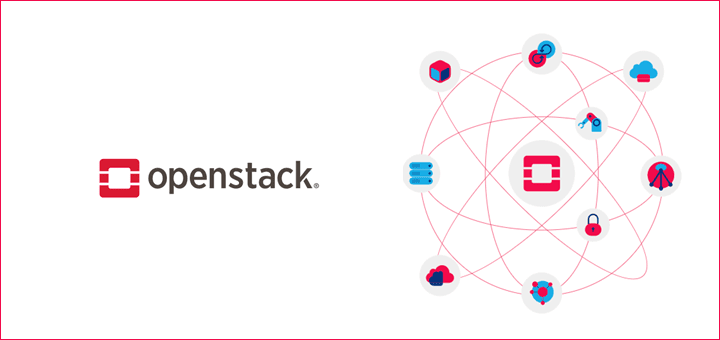- OpenStack Caracal, the latest release, introduces significant enhancements catering to the escalating demand for AI workloads and alternatives to VMware.
- Key improvements include support for vGPU live migrations, enhanced scalability in Designate, reduced latency in load balancing, and upgraded security features.
- The release emphasizes continual adaptation to emerging trends, with support for modern frameworks and expanded storage backend options.
- Caracal streamlines the upgrade process, enabling operators to transition seamlessly and opt for a once-a-year upgrade cycle.
Main AI News:
As the demand for OpenStack continues to surge, driven by the burgeoning requirements of AI workloads and the quest for alternatives to VMware, the OpenStack community proudly announces the release of Caracal (‘keh•ruh•kal), the 29th iteration of the world’s leading open-source cloud infrastructure software. With over 45 million cores in production across organizations of diverse sizes and industries globally, OpenStack has firmly established itself as a cornerstone of modern cloud computing.
Caracal, aptly named after the agile African wildcat, brings forth a slew of enhancements, echoing the characteristics of its namesake: agility, high performance, territorial prowess, and adaptability. Let’s delve into some of the remarkable advancements introduced by OpenStack Caracal.
Empowering AI & HPC Workloads
OpenStack Caracal empowers users to achieve significant productivity leaps through its robust support for AI and HPC workloads. Nova, for instance, now facilitates vGPU live migrations, a pivotal advancement that facilitates hardware enablement and accelerates workloads. Moreover, bugs within Nova have been diligently rectified to enhance NVIDIA GPU support, ensuring seamless operation for demanding tasks.
Elevating Agility and Performance
In its pursuit of heightened agility and performance, OpenStack Caracal introduces several noteworthy enhancements:
- Designate now embraces Catalog Zones (RFC 9432), bolstering scalability for pools managing numerous zones and slashing provisioning times for additional DNS servers.
- Octavia-based load balancers, leveraging SR-IOV Virtual Functions (VF), substantially reduce latency for high-traffic deployments, promising a marked improvement in performance.
- Notable performance upgrades in Ironic and Manila enhance the user experience, ensuring smoother operations even in demanding environments.
Upholding Security Standards
Security remains paramount in OpenStack Caracal, with various components receiving enhancements:
- Role-based access control (RBAC) advancements across services like Ironic, Keystone, Kolla, and Magnum fortify overall security and flexibility.
- Enhanced security features such as configurable metadata options in Manila empower administrators with greater control over data manipulation, enhancing data integrity.
- Nova introduces console session timeouts, a much-requested security improvement, offering users enhanced control over server console sessions.
Continual Adaptation to Trends
OpenStack Caracal underscores the community’s commitment to staying abreast of evolving trends and technologies:
- Integration of the latest versions of Django and Node.js ensures compatibility with modern frameworks.
- Cloudkitty expands its storage backend support to include OpenSearch and InfluxDB, catering to diverse user needs.
- Various enhancements in Cinder, including support for Fujitsu ETERNUS DX volume expansion and Pure Storage synchronous replication, reflect the community’s responsiveness to emerging requirements.
Streamlined Upgrade Process
Caracal introduces a streamlined upgrade process, allowing operators to transition seamlessly from previous releases through skip-level upgrades, thereby alleviating upgrade complexities and enabling deployments to opt for a once-a-year upgrade cycle.
Availability
The OpenStack Caracal release is now available for download, offering users across the globe access to cutting-edge features and enhancements tailored to meet the demands of modern cloud computing.
In the words of Thierry Carrez, general manager of the OpenInfra Foundation, “The OpenStack Caracal release is strategically aligned with the burgeoning demand for AI workloads and VMware alternatives. With a focus on enhancing security, performance, and user experience, Caracal reaffirms OpenStack’s position as the open-source cloud platform of choice.“
Conclusion:
The release of OpenStack Caracal signifies a strategic response to the evolving demands of the cloud computing market. With enhanced support for AI workloads and improved agility, performance, and security features, Caracal strengthens OpenStack’s position as a leading open-source cloud platform. This release not only addresses current market needs but also demonstrates a commitment to ongoing innovation and adaptability, positioning OpenStack favorably in a competitive landscape.

